Without the existence of polyurethane, you may see your furniture to be just like pieces of wood that are connected together. If you are working on a polyurethane-containing kind of finish, you may be questioning how to clean polyurethane off the brush.
Yes, polyurethane will not only surface the furniture but also in the brush. Thus, you must know the steps on how to thoroughly clean the brush after exposing it to polyurethane. You should immediately clean the brush after you use it to make it serviceable the next time you need it. Luckily, this article will give you a tutorial on how to clean the brush.
What You Will Need to Follow this Tutorial?
You will only need one thing to follow this tutorial:
- Paint Thinner
The paint thinner is an elusive solvent that is utilized to temper polyurethane. However, whatever paint thinner brand you use to follow this tutorial, you must exercise proper care when handling them. Being exposed to their vapors while cleaning up can be dangerous.
Paint thinner also works best for other industrial cleaning uses – getting rid of grease, stain, and more from particular surfaces. Find it trusted brand when buying a paint thinner for this particular project.
Step-by-Step Instructions
These are the steps on how to clean polyurethane off brush:
1. Fill the Container with a Paint Thinner
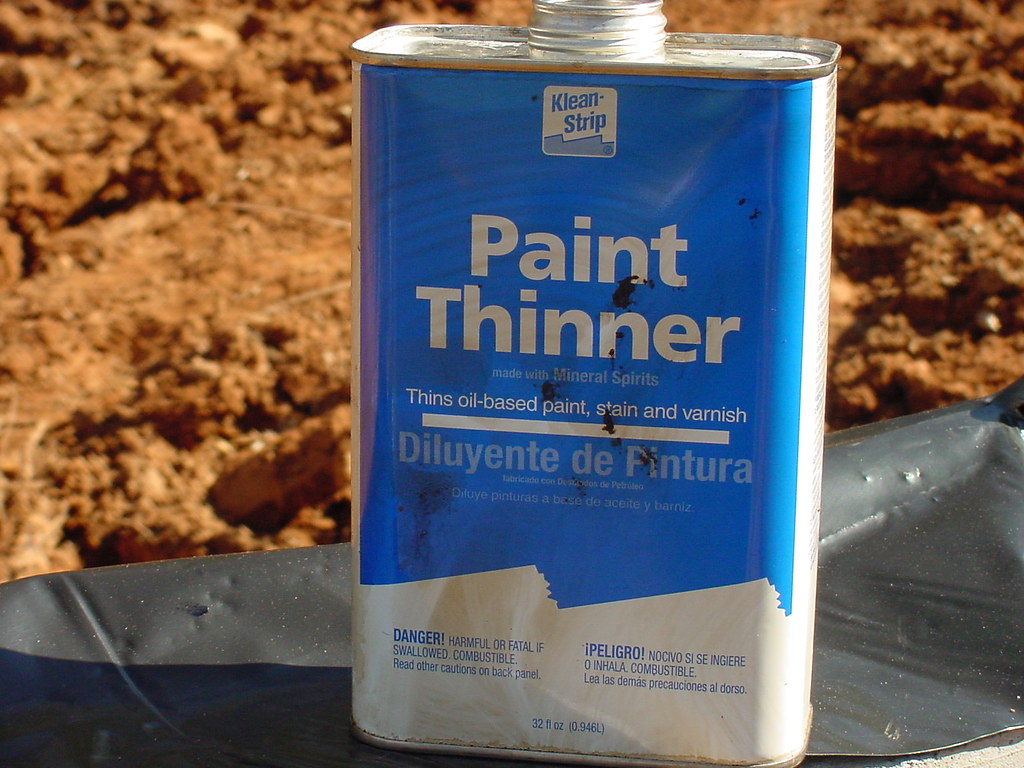
Preferably a plastic container, fill it midway with a paint thinner. You will need just enough amount of paint thinner since you only need to apply it on the foam portions and bristles of the brush to get rid of the polyurethane. You can also go beyond midway level if you think you need more amount of paint thinner to properly hold the bristles in the container.
To be sure, measure this to ensure that you are only saturating the section of the brush bristles that have been penetrated by the polyurethane. Ideally, you have to see to it that the metal part of your brush is not contacting the paint thinner.
Paint thinner is commonly strong enough to effectively deal with the polyurethane, although you might find it hard if the brush has already dried hard.
2. Use a Paper Towel
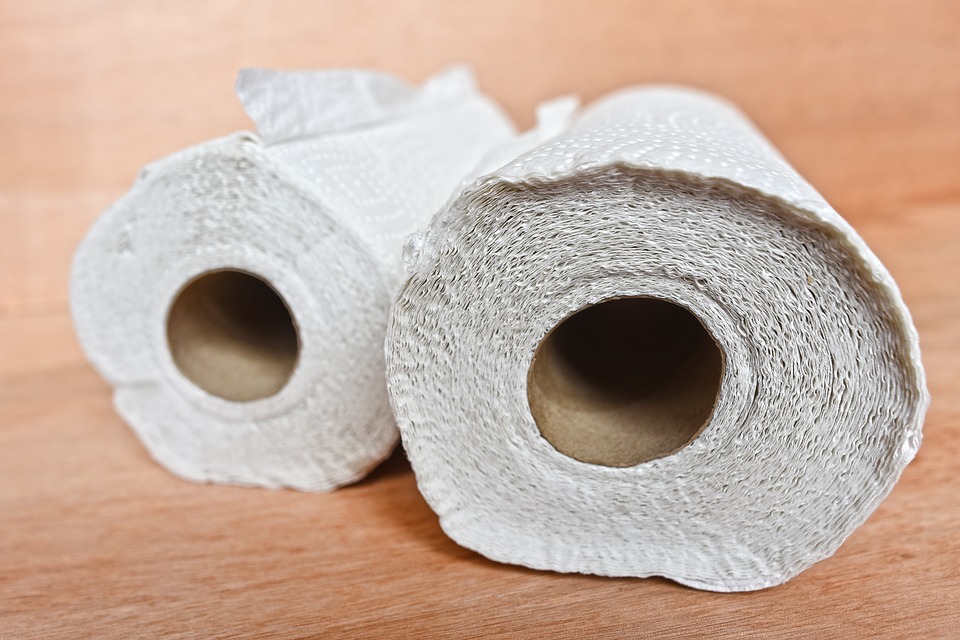
Wet a paper towel with the paint thinner and use it to remove some polyurethane in the brush bristles before soaking it. You haven’t reached the ultimate step yet, this is just to initiate the steps and conclusively lessen the amount of polyurethane that the paint thinner would need to clean off overnight.
This will help you clean your brush and will eventually lessen the burden that you might experience when cleaning the brush. Just do not forget to wear gloves while performing this step so you won’t get some polyurethane in your hands. Make sure that your area is well-ventilated, too.
3. Put the Brush in the Container
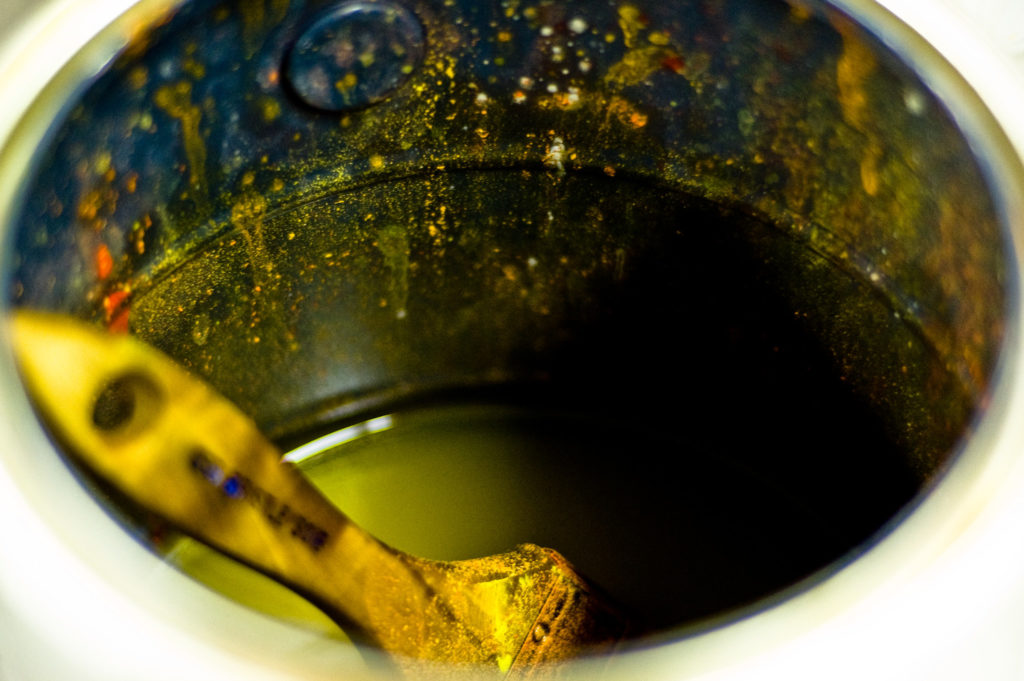
Now, it is time to put the brush into the container where you placed your paint thinner. This step is certainly easy to do. However, just see to it that you spin around the brush a little to incite the solvent and let it go through the bristles for utmost cleaning performance.
You do not need to stay long to wait for the entire process to be completed. You may simply want to leave the brush soaked in the container for a few hours, or overnight if you think that you are handling a tougher case. Depending on how extreme the polyurethane has affected your brush, you may want to let it soak longer. Although commonly, an overnight soak will be enough.
4. Get Another Container for the Dirty Paint Thinner
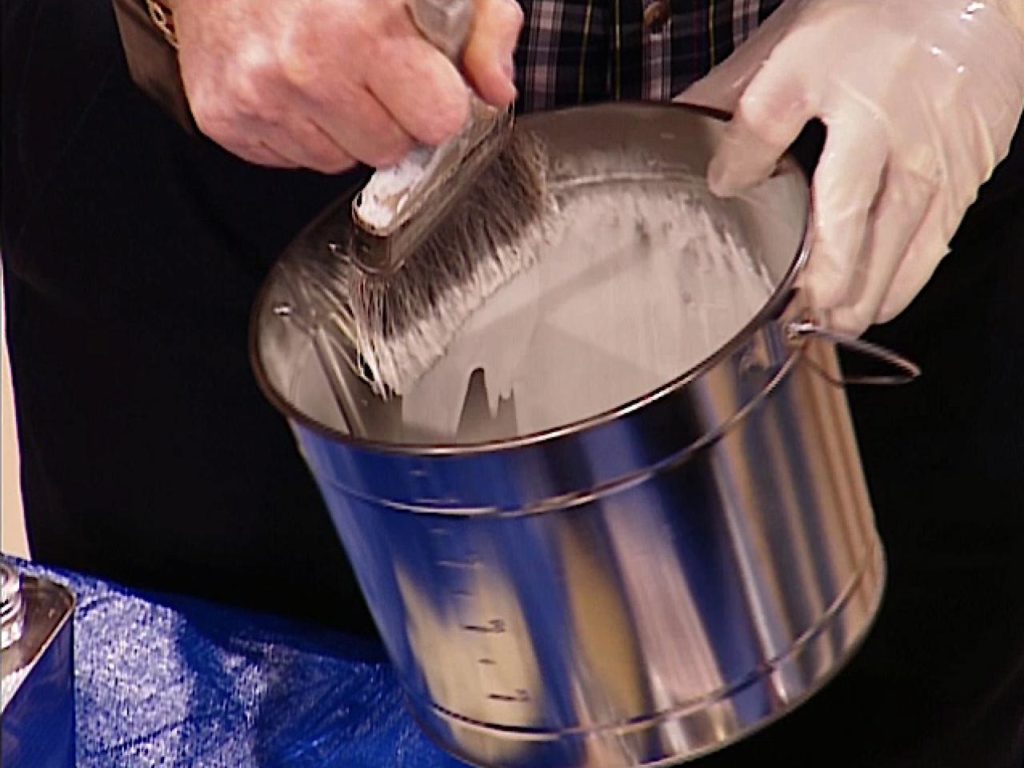
After getting a nice and efficient soaking of the brush, get the container containing the already dirty thinner and place it in another container for dumping. Since paint thinners are considered all hazardous and abrasive materials, you cannot just throw them away without doing proper disposal. Handle it with care and throw it at a certain perilous recycling plant.
5. Repeat the Process as Required
Before you soak the brush again, simply put an equal amount of paint thinner into another container and spin around again the brush. This time, you might be seeing some potential results already just from tossing the solvent and you might not need to soak the brush again.
However, if you still do not see the kind of results that you desire, you can soak the brush again for another hour. Just continue the steps whenever you find it necessary.
6. Wash the Brush with Hot Water
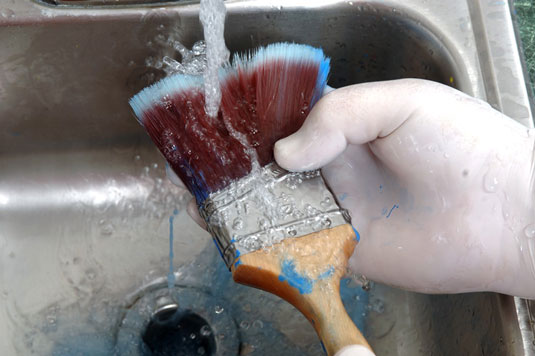
After successfully getting rid of most of the polyurethane from the brush, you can then wash it with hot water. Preferably, you will like to perform this in a bigger container since polyurethane and thinners should not descend to the drain.
Use a bar of dish soap to make a soapy water mix if you think you need additional help. You may also use your brush comb when reaching this point to act through the bristles and get rid of any paint that lingered.
7. Dry with Paper Towels
After clearing the brush from polyurethane, use paper towels to tap dry the brush bristles. Just see to it that you do not pull extremely hard as it may unbind the bristles and might shorten the lifespan of your brush. When storing the brush, use a newspaper if your brush has a natural bristle and plastic wrap if you are using a synthetic brush.
Conclusion
You now know how to clean polyurethane off the brush. The steps required are quite easy so you do not have to be anxious each time you see your brush heavily stained with polyurethane.
Thoroughly cleaning off the brush after its work can feel very satisfying. This satisfaction goes to its spike when the step does not take a lot of time and does not require a lot of effort. With the steps on how to effectively clean the brush from polyurethane, anyone can easily get their brushes back to a clean state.
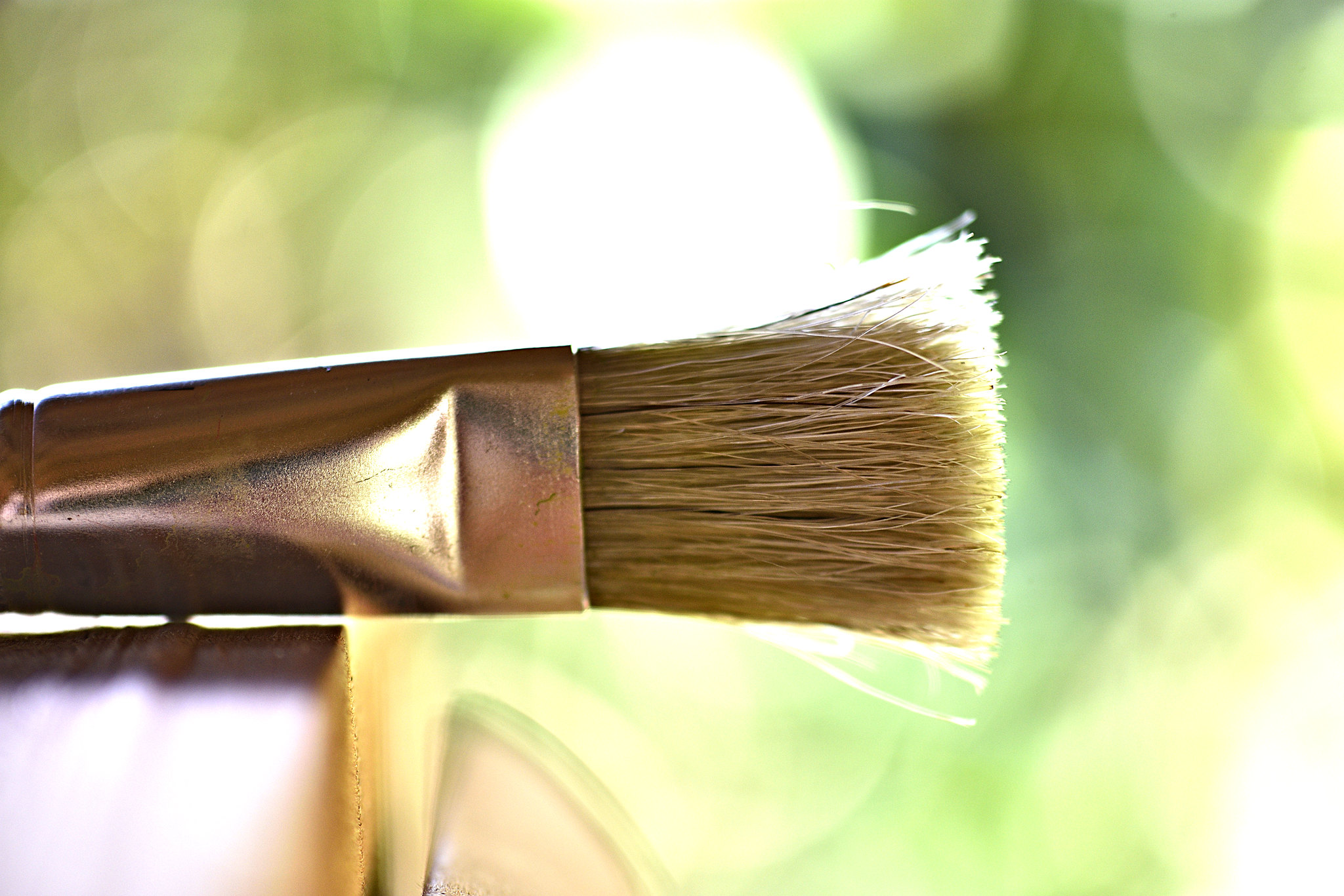
Leave a Reply